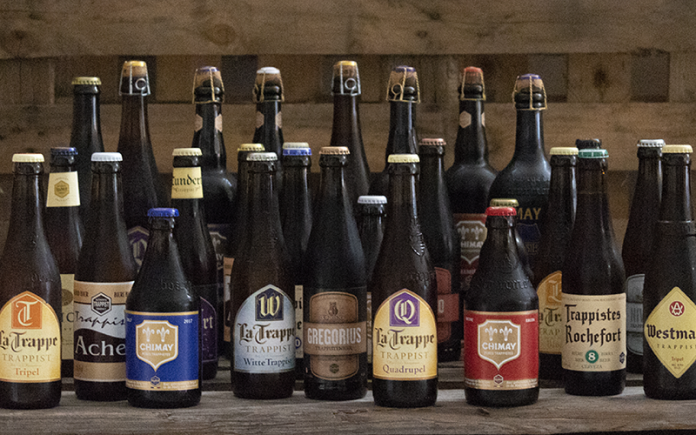
Trappist beer in the history
Trappist is a kind of beer made, in the past, by Trappist monks, who had total control of the production, and used a typical way to produce it. and under their direct control. Also today we have 176 Trappist monasteries which are involved in the production, in the entire world. Very famous as Trappist beer is the Belgian one, but only 11 producers are located in Belgium. In Netherlands, other country reputed for this production, we have only two monasteries, and then one each in the United States, Australia and Italy. But of the 11 Belgian breweries only one is authorised by the International Association of Trappists to write on the label Authentic Trappist Product.
The Trappists is a religious order that give his name because the first Trappist monks were established in the Cistercian monastery of La Trappe, in 1664. This order, born in France, had a really strict regulation for the monks, who were not authorised to produce alcoholic drinks. Later, the regulation was not followed and the beer was produced.
A stop to the production has happened during the French Revolution, when most of these monasteries were destroyed. This happened also during the two world war. Then we had the “Renaissance”, thanks to the International Trappist Association.
The Association
The Association was born in 1997 thanks to eight Trappist abbeys (six from Belgium, one from Netherlands and one from Germany) which promote the regulation to protect the original brand, creating the logo which included also other production of the Trappist, like cheese and wine. To have their authorization, the beer must be made exclusively in a Trappist abbeys, by monks and under their direct control. That means the monks decide the processes to be used for the production and also the commercial orientation. The money made by the selling, must serve for the direct sustenance of monasteries and charity, and no profit can be made in the “modern financial sense”.
The Association approve the production to guarantee the consumer. The last added abbeys are the Engelszelli in Austria, one in Netherlands in 2013, the St. Joseph’s Abey of Spencer in Massachusetts, in 2015 the Abbey of the Three Fountains in Rome (Italy) and the abbey of Notre Dame in Belgium.








